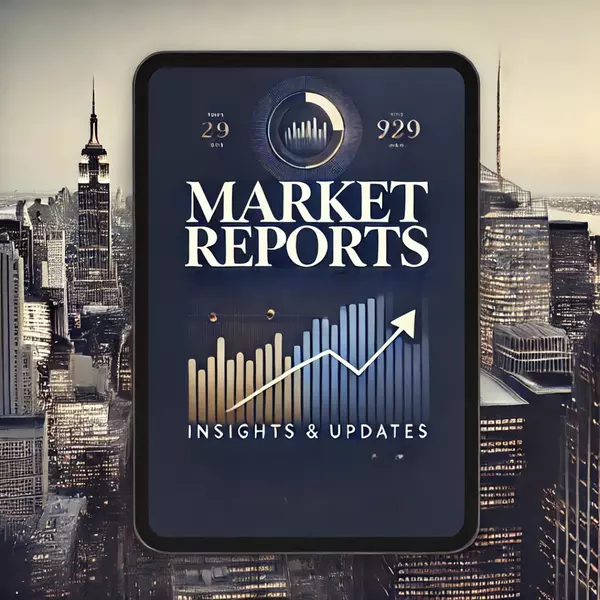US inflation lowest in two years
US consumer inflation eased in March, with cheaper gasoline and lower food prices providing relief to households who have struggled under the weight of rising prices for nearly two years.
The government said Wednesday that consumer prices rose just 0.1% from February to March, compared with 0.4% from January to February and the smallest increase since December. Compared to a year earlier, prices rose just 5% in March, a sharp decline from February's 6% year-on-year increase and the smallest increase in nearly two years. Much of the decline is due to falling prices of goods such as gasoline, used cars and furniture, which soared a year ago after Russia's invasion of Ukraine. Excluding volatility in food and energy costs, so-called core inflation remains stubbornly high. Core prices increased 0.4% from February to March and 5.6% year over year. The Federal Reserve and many private economists view core prices as a better measure of core inflation.
Price hikes across the economy's vast service sector, ranging from rent and restaurant meals to haircuts and auto insurance, are keeping core inflation high, at least for now. This trend is expected to lead the Fed to raise its key interest rate for the tenth time in a row when it meets in May.
Fed officials have predicted that after another quarter-point hike next month, which would take its key rate to about 5.1%, the highest point in 16 years, they will halt their hikes but halt the its key rate raised through 2023. But officials have warned they could raise rates further if they deem it necessary to curb inflation.
When the Federal Reserve tightens credit with the goal of cooling the economy and inflation, it typically leads to higher rates on mortgages, auto loans, credit card loans, and many commercial loans. The risk is that ever-higher borrowing rates could weaken the economy enough to cause a recession.
The International Monetary Fund, a 190-nation lending organization, warned on Tuesday that stubbornly high inflation around the world and efforts by central banks, including the Federal Reserve, to fight it, are likely to slow global growth this week. year and next . Nonetheless, there are signs that inflationary pressures will ease in the coming months. One unfortunate reason inflation may be easing is that economists expect US growth to slow later this year, in part because turmoil in the banking sector could prompt banks to tighten lending. The Fed's annual string of rate hikes is also starting to cool a hot job market, with recent data showing firms are posting fewer job opportunities and wage growth has slowed from historically high levels.
The main driver of core inflation is likely to be the cost of housing, including rent. They are increasing at an annual rate of about 9%, according to government data.
However, Apartment List, which tracks changes in new lease agreements in real time, shows that rents are increasing at a rate of 2.6% over the previous year. As more apartments reset on those smaller increases, the government's inflation data should show more moderate increases in the coming months.
The Federal Reserve is also laser-focusing on the cost of utilities, which are rising at historically rapid rates. Central bank officials said they believe rising wages, while good for workers, are contributing to those price hikes.
However, last week's March jobs report showed that wage growth has slowed steadily over the past year. Companies are posting fewer job vacancies, and the number of Americans leaving their jobs to take a new, mostly higher-paying job driving higher wages is declining.
A more worrying trend is the possibility of banks cutting lending to preserve funds after two major banks collapsed last month, sparking turmoil in the US and abroad. Many smaller banks have lost customer deposits to large global banks that are perceived as too big to fail. The loss of those deposits will likely mean those banks will lend less to businesses and individuals. Some small businesses say they're already having trouble getting loans, according to a survey by the National Federation of Independent Business. The IMF said on Tuesday that loan reversals could slow growth by nearly half a percentage point over the next 12 months. An economic slowdown could cool inflation and thereby help the Fed meet its goals. But the blow to the economy could prove to be bigger than expected. In the worst case, it could mean a full-blown recession with the loss of millions of jobs.
Categories
Recent Posts










